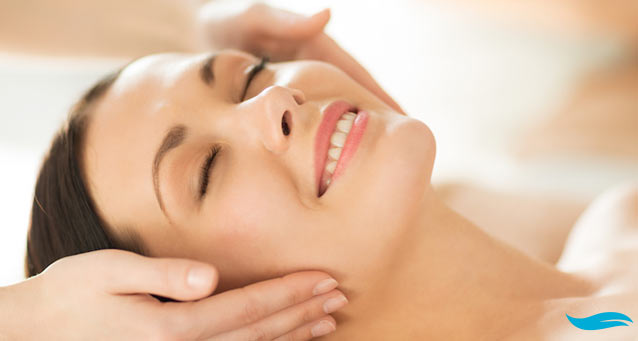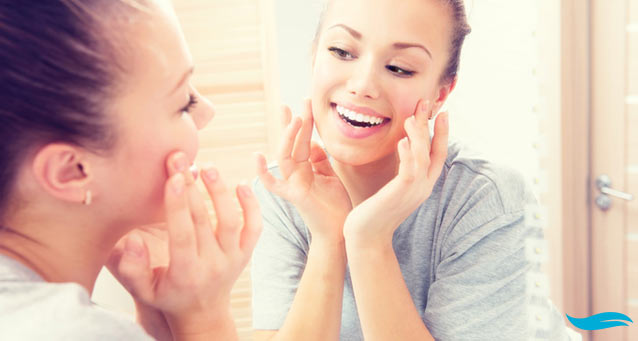See more on: Beauty Spa in Toronto - Jiva Spa
Even if you only know a tiny bit about the world of health and beauty esthetics, you’ve probably heard of facials before. They’re one of the most common beauty treatments out there and for good reason. People have been using facials in one form or another for thousands of years and they’re still a great option today.
Here at Jiva Spa Toronto, we pride ourselves on giving the best facials in town. But if you’ve never had a facial before, you might be worried because you don’t know what to expect.
This article should help clear up any misconceptions you may have about facial treatments.
Where Do Facials Come From?
Many different cultures all over the world have used facial treatments to improve their outward appearance, reduce the signs of aging, and enjoy healthier skin. Some of the earliest examples we have of facial treatments come from ancient Egypt, where people began documenting their skincare practices as early as 3000 BC.
The famous Cleopatra used clay from the Dead Sea as well as egg whites to keep her skin looking youthful. There are also examples of facial-like treatments in China’s Tang Dynasty (around 700 AD) and the early days of the Roman Empire (1st century AD).
Why Are Facials Important?
Facials help treat a number of common problems that don’t get addressed otherwise. This is true even for people who live healthy lifestyles with exercise, a good diet, and a smart beauty regime.
Facials can help your skin make the transition from season to season. Drier weather in the winter can leave your skin cracked and damaged, but a facial can help you avoid that. As well, when the weather gets warm again you can end up breaking out due to increased oil in your skin. A facial can help there too.
If you’re the type who’s prone to acne in the first place, an acne facial can help you reduce the effects. And if you’re starting to notice the signs of aging, an anti-aging facial can help you retain a youthful appearance as well.

How Often Should You Get A Facial?
The answer to this question really depends on your skin type and the time of year. If you’re prone to dry skin, for example, you should see your esthetician more often during the winter. And likewise, those with oily skin will benefit from more trips to the spa during the summer.
As a general rule, it helps to get a facial once a month or so. But we’ll give you a more specific recommendation based on your unique needs.
What Are The Benefits Of A Facial?
Again, this depends. Each person has different beauty goals and skin needs, so the benefits are very personal.
But in general, facial treatments can leave you with smoother, firmer, softer, more radiant skin, better hydration, and reduced acne breakouts.
Are There Any Risks?
Facial treatments are considered among the most routine beauty treatments out there, and as a result negative side effects are both rare and mild.
The most common side effect is a bit of redness or blotchiness. This usually fades within a day or so at most. This is especially common if you’re getting a facial with extractions, like the acne facial. As a result, it’s best to get a facial at least a couple of days before a major event where you need your skin to look its best.
The extractions can also be somewhat painful depending on the nature of your acne, but this is very mild and tolerable to most.
There is also a slight chance you may have an allergic reaction to the products used during your facial. If you have any known allergies, tell your esthetician before your facial treatment.
Because a facial involves exfoliation, deep cleansing, and removal of the top layer of dead skin cells on your skin, it can sometimes make your skin look a little worse before it gets better. But a day or two after your treatment, you should be able to look in the mirror and enjoy beautiful, radiant skin.
More Information
As always, here at Jiva Spa Toronto we’re happy to help you make the right choice when it comes to your skin care. A facial may or may not be the best option for you to meet your goals, and our experienced estheticians can help you understand your needs.
Contact Jiva Spa Toronto today and book an appointment with an esthetician for a FREE skincare consultation. You’ll get a chance to explain your goals and desires, and from there we’ll help you put together a treatment plan designed to meet them.
See additional information on: JivaSpa.ca - Nutrition and Beauty


